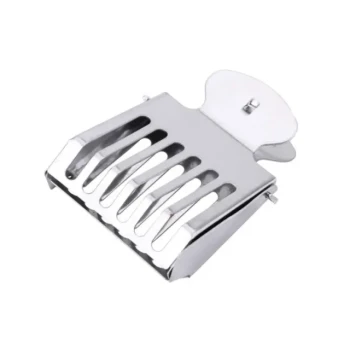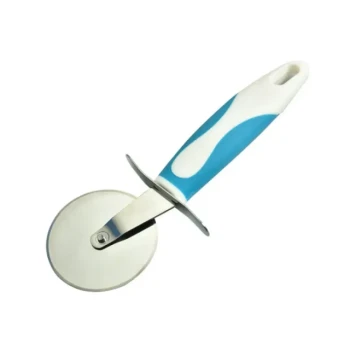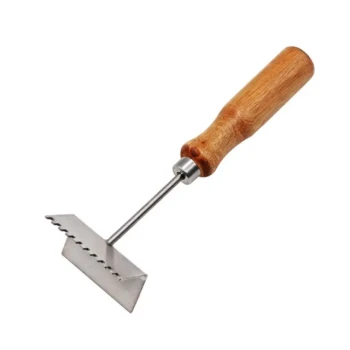A beekeeping suit is essential because it is your primary defense against stings. It creates a critical physical barrier between your skin and the bees, allowing you to work calmly, confidently, and safely within the bee yard. This protection is not just about avoiding pain; it enables the focus required to manage a hive effectively, which in turn reduces defensive behavior from the bees themselves.
While the most obvious benefit is preventing stings, the true value of a beekeeping suit is the confidence it provides. A calm, protected beekeeper is less likely to make sudden movements that agitate the colony, creating a safer experience for both human and bee.
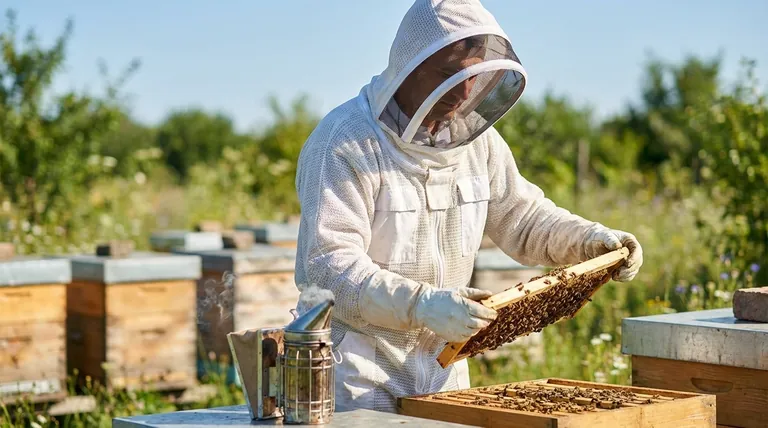
The Core Function: A Barrier Against Stings
A bee suit's design is entirely focused on creating a safe working environment. It achieves this through a multi-faceted approach to physical protection.
How the Suit Works
The fundamental principle is simple: the suit's material is designed to be thick enough that a bee's stinger cannot penetrate it or reach the skin underneath. This provides a reliable buffer against defensive bees.
Complete Head-to-Toe Coverage
A full suit is a system of interlocking components. It typically includes a jacket and pants, often joined by a zipper to eliminate any gaps at the waist where a bee could enter. This is combined with gloves and a hooded veil for comprehensive protection.
The Critical Role of the Veil
The veil is arguably the most crucial part of the suit. It protects the sensitive areas of the face, neck, and eyes, where a sting would be most painful and dangerous. The mesh screen allows for visibility while keeping bees at a safe distance.
Beyond Physical Protection: The Psychological Advantage
The value of a bee suit extends far beyond its physical properties. The sense of security it provides has a direct impact on your ability to be a good beekeeper.
Fostering Calmness and Confidence
Bees are highly sensitive to their environment and can perceive anxiety through jerky, rapid movements. By removing the fear of being stung, a suit allows you to move with slow, deliberate, and calm motions that are less likely to alarm the colony.
Enabling Focus on the Hive
When you aren't worried about stings, you can fully concentrate on the task at hand. This includes inspecting the hive's health, checking for disease, assessing honey stores, and locating the queen—all critical tasks that require undivided attention.
Essential for Beginners
This psychological benefit is especially important for new beekeepers. The confidence a suit provides is a powerful tool for learning, allowing you to get comfortable with the sights, sounds, and rhythms of the hive without constant fear.
Understanding the Trade-offs and Limitations
While essential, a beekeeping suit is part of a larger safety system. Understanding its limitations is key to using it effectively.
It's Not Invincible
No suit is 100% sting-proof. Bees can occasionally find their way through small gaps, particularly around the wrists, ankles, or veil zipper if they are not secured properly.
Proper Fit is Crucial
A suit should be loose-fitting. Tight fabric pulls against the skin, reducing the distance a stinger needs to travel. A baggy fit ensures there is a significant air gap between the material and your body, offering much better protection.
Other Tools are Still Necessary
A suit is your last line of defense, not your first. The bee smoker is an indispensable tool used to calm the bees before and during an inspection. Using a smoker properly reduces the bees' defensive instincts, meaning your suit is less likely to be tested in the first place.
How to Apply This to Your Goal
Your choice of protective gear depends on your experience level and the specific temperament of your hives.
- If your primary focus is learning and safety as a beginner: A full, ventilated bee suit is the recommended investment for maximum protection and the confidence you need to learn effectively.
- If you are an experienced beekeeper with calm colonies: You might opt for a simpler jacket-and-veil combination for quick inspections on warm, calm days.
- If your goal is minimal interaction: Even for the most hands-off beekeeper, a veil is the absolute minimum protection you should ever use when near an open hive.
Ultimately, a beekeeping suit is a fundamental investment in safety and competence, empowering you to be a better and more confident steward of your colonies.
Summary Table:
| Function | Key Benefit |
|---|---|
| Physical Barrier | Prevents bee stings with thick, impenetrable fabric. |
| Complete Coverage | Protects from head to toe with integrated suit, veil, and gloves. |
| Psychological Confidence | Reduces anxiety, allowing for calm, deliberate movements. |
| Enhanced Focus | Enables beekeepers to concentrate on hive health and inspections. |
Ready to work with confidence and safety?
At HONESTBEE, we supply commercial apiaries and beekeeping equipment distributors with high-quality, durable beekeeping suits and protective gear. Our wholesale-focused operations ensure you get the reliable equipment you need to protect your team and manage your hives effectively.
Contact our team today to discuss your wholesale needs and discover the HONESTBEE difference.
Visual Guide
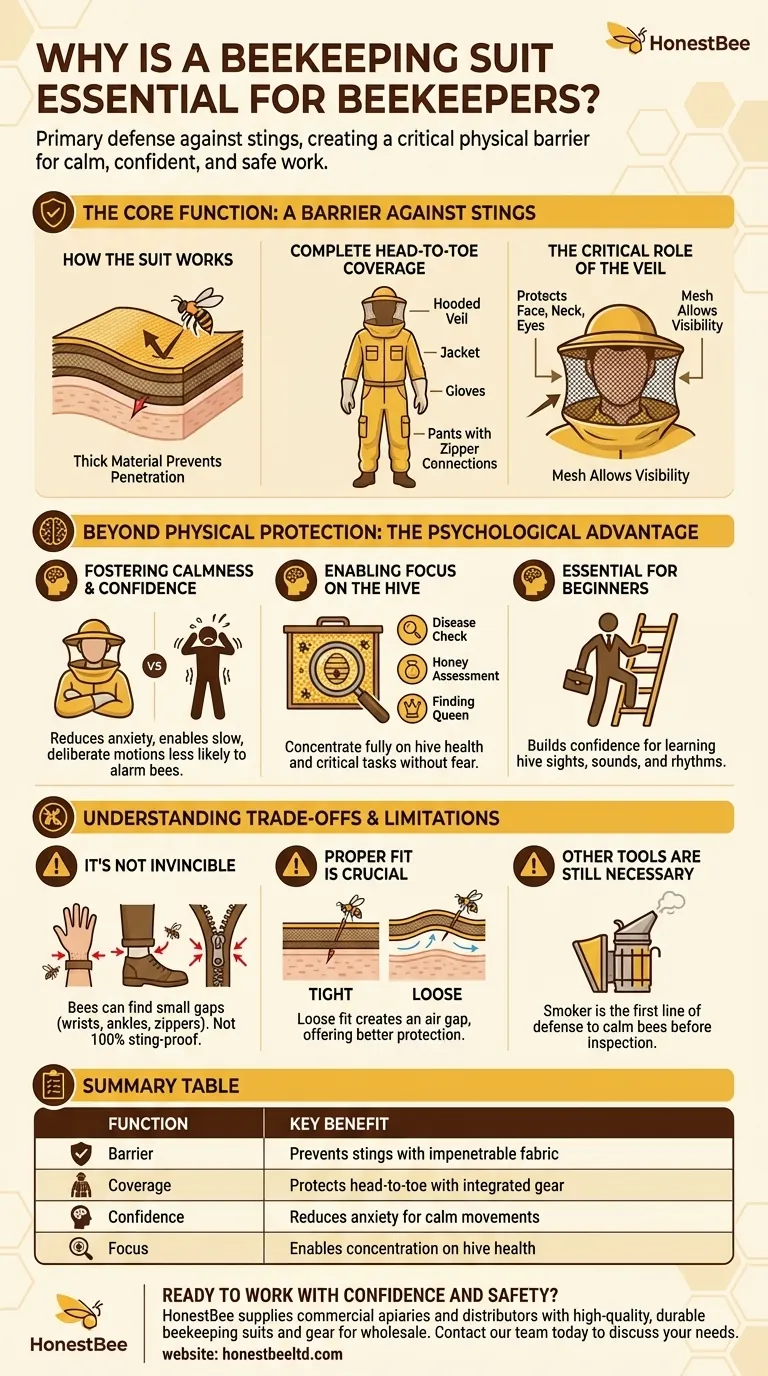
Related Products
- 3 Layer Mesh Vented Sting Proof Beekeeping Suit with Hat and Veil
- Cotton Beekeeping Suit and Round Hat with Veil Bee Keeper Protective Gear
- Vented Beekeeping Jacket with Hood and Veil for Beekeepers
- Yellow Plastic Bucket Pail Perch for Beekeeping
- Long Langstroth Style Horizontal Top Bar Hive for Wholesale
People Also Ask
- What should be considered regarding the color of beekeeping clothing? Ensure Your Safety and Keep Bees Calm
- What are the key features of the 3-layer mesh gear designed for beekeeping? Superior Protection & Ventilation
- What are the benefits of a fully ventilated beekeeping suit? Stay Cool and Protected in Hot Climates
- What are the advantages of reinforced stitching and durable zippers in beekeeping suits? Ensure Maximum Safety & Longevity
- What should be worn under beekeeping protective clothing? Maximize Your Safety with the Right Base Layer









